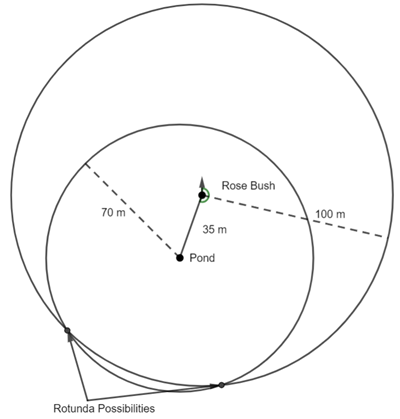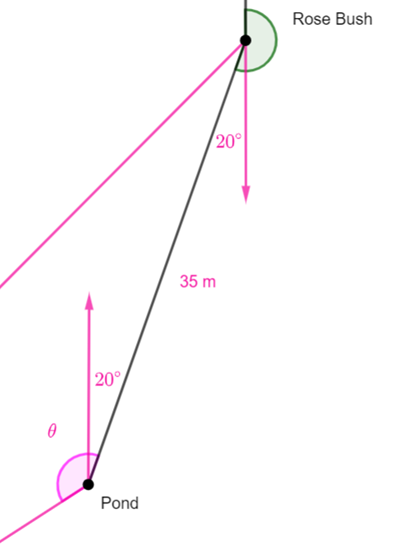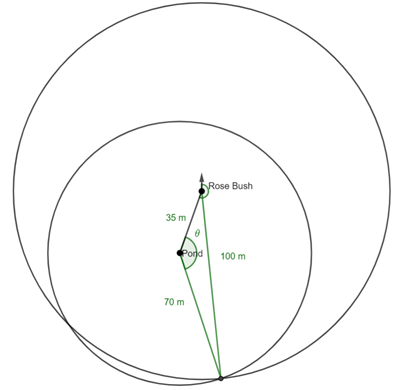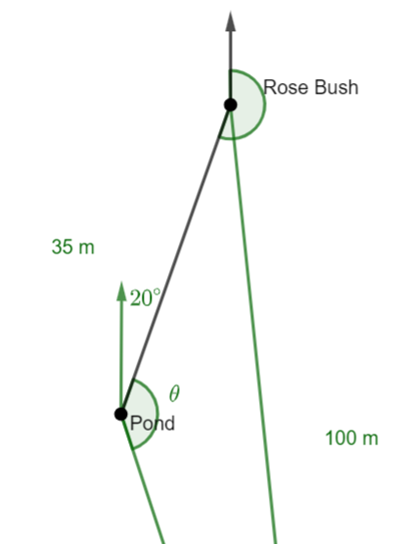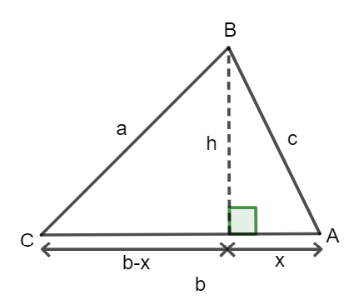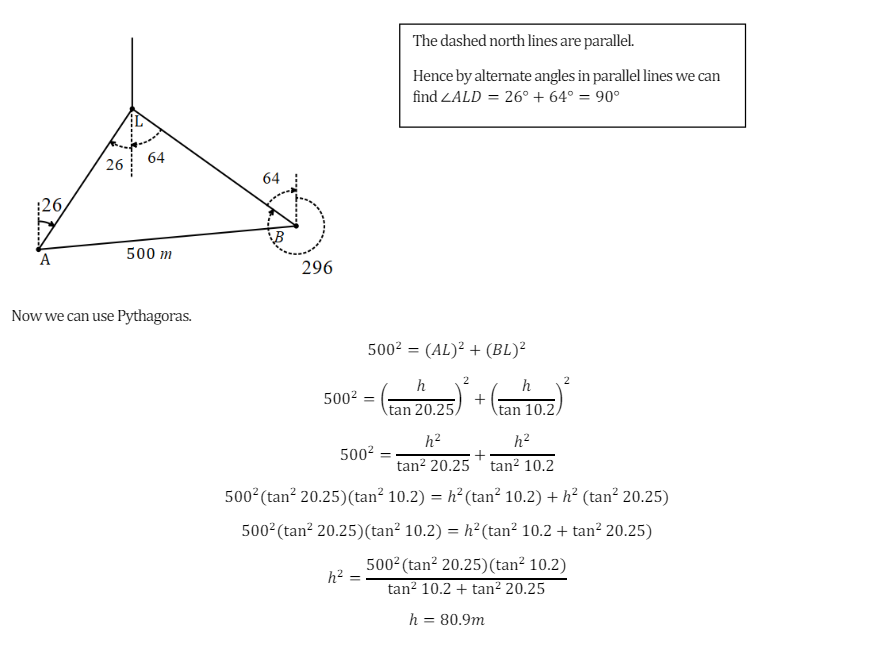This was a question one of my year 9s had to tackle:
A hemisphere of radius length 5cm is partially filled with water. The top of the hemisphere is horizontal and the surface of the water is a circle of radius 4cm. Find the depth of the water.
ICE-EM Mathematics 9, page 70, question 2
Below is a cross section of the hemisphere

The depth of the water is ![]()
We can find ![]() using the Pythagorean theorem
using the Pythagorean theorem
![]()
![]() (it’s the classic 3-4-5 triangle)
(it’s the classic 3-4-5 triangle)
Hence the depth of the water is 2cm.


